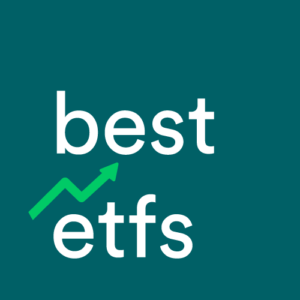How the A200 and IOZ ETFs fit in a portfolio
The Betashares A200 ETF provides exposure to the largest 200 Australian companies, based on market capitalisation. Unlike many other Australian shares ETFs, A200 uses the Solactive Australia 200 Index. This is virtually the same thing as the indices provided by S&P/ASX, as it also uses a market capitalisation weighting.
The iShares IOZ ETF provides exposure to the largest 200 Australian shares, based on market capitalisation. This is a low-cost way to access top Australian companies through a single fund.
See our ASX IOZ report – it’s totally free.
Okay, so we know what they’re designed to do, the sectors and strategies. Now what? One of the quick ways to compare ETFs like IOZ and A200 is to study the fee load. No one likes paying high fees if they don’t need to. Here at Best ETFs and Rask Australia, we begin by analysing the fees and ‘all in’ costs of an ETF or fund. Our team will score ETFs based on management fees, plus any other costs, then put them into quartiles by sector, strategy and across the entire ETF market.
To make this article easier to digest, we’ll just study the fees or ‘management expense ratio’ (MER). Using data for December 2021, the A200 ETF has an MER of 0.07% while the IOZ ETF had a yearly fee of 0.09%. As a result, A200 comes out on top. Keep in mind, a more useful metric to know is the fee quartiles that these ETFs find themselves in (note: quartile 1 is best). Meaning, we take all the Australian shares ETFs in our database and divide them into 4 quartiles, based on their fees. For example, any ETF which has a fee below 0.3% would be considered in our first (best) quartile.
Performance analysis
Performance is important. Keep in mind, performance isn’t everything — and past performance is not indicative of future performance. It’s just one part of a much bigger picture. The reason we say performance is not everything is because of volatility of financial markets and the economy from one year to the next. Some ETFs and funds can put in a good return one year just to generate poor returns the next time around. That’s why we prefer three-year or seven-year track records over one-year track records. It can smooth out the temporary performances caused by external factors. Both ETFs have achieved our three-year performance hurdle. As of December 2021, the A200 ETF had an average annual return of 14.80%. During the same time, the IOZ ETF returned 14.66%.
One final point: the ETF provider is important. In Australia, we believe there are a handful of stand-out ETF providers and many that are mid-pack or very fresh. As you guessed, the provider backing the A200 ETF is BetaShares. And Betashares ranks highly for our scores of ETF providers and issuers in Australia. We believe BetaShares is one of the leading providers of index and non-index style products to retail investors in Australia. IOZ’s ETF provider on the ASX is iShares. iShares ranks highly for our scores of ETF providers and issuers in Australia. We consider iShares to be among the best ETF providers in Australia and globally.
What it all means
To keep reading about these two ETFs, be sure to visit our free A200 ETF report or IOZ ETF review.
In summary, the IOZ ETF ranks better against our internal scoring methodology but not by much compared to A200.
Please, keep in mind, there is much more to picking a good ETF. That’s why you should now use these skills to find the best ETF you can. If you want the name of our team’s top ETF pick for 2022, keep reading…





